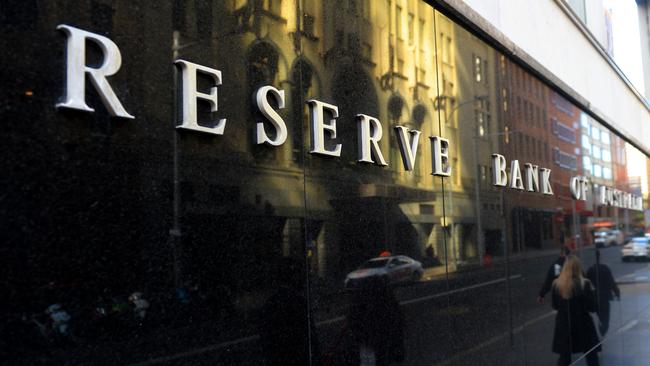RBA’s critics forget global labour market trends and pandemic chaos
Calls for a thorough review of the Reserve Bank’s practices have reached fever pitch amid suggestions it is failing in key areas of its policy remit.

Calls for a thorough review of the Reserve Bank of Australia’s practices reached fever pitch this week amid suggestions that it is failing in key areas of its policy remit.
It seems that the central bank, which controls interest rates and has deployed unconventional policy to battle the pandemic and avoid recession, is being singled out as the root cause of Australia’s economic woes.
On Wednesday, the Organisation for Economic Co-operation and Development recommended a review of the RBA that included a look at its management structure and board composition.
Treasurer Josh Frydenberg then said he was open to such a review after the next election.
“It’s something I will give consideration to in terms of looking at the RBA, looking at the monetary policy settings and learning from the experience through the pandemic,” he said.
At the heart of the criticisms is that the RBA has undershot its 2 to 3 per cent inflation target for years, wage growth has been in the doldrums for a decade, and full employment looks out of reach even with the policy accelerator pressed to the floor.
House prices are also surging, something that creates mixed feelings as it supports wealth creation and confidence, but also builds household debt and pushes home ownership beyond the reach of many. The RBA tends to get the blame for the latter too.
The Labor Party has also called for change at the central bank, arguing it should never be above criticism.
But although it seems that the barbarians have arrived at the central bank’s gates, radical monetary policy change is unlikely.
Any restructuring of the RBA will be done calmly, well away from the atmosphere of urgency and claims that it is arrogant and resistant to change.
Suggestions that the RBA hasn’t been subject to a full review in 40 years are inaccurate, and its inflation targeting has clearly helped moderate economic cycles. Australia has had just one recession in 30 years, and that’s mostly down to the pandemic.
In the face of crises, it has proved to be nimble and proactive in slashing rates to restore confidence for business.
A review would do little to change the reality that unprecedented technological disruption in the world economy is reshaping labour market dynamics.
The fallout from forcing a radical shift could be significant.
At stake is the impressive level of co-operation between the RBA, Treasury and the Treasurer’s office, which has underpinned a well-targeted response to the pandemic. A review that only seeks to attack the RBA could unravel that co-operation and, if poorly handled, unsettle markets that look to the central bank for long-term guidance.
Still, there is plenty of scope for discussion about making some changes to the central bank’s key functions in the next agreement signed between the government and the RBA. This occurs when either a new governor is appointed, or a new government is formed.
Changes could include the RBA being subject to regular reviews, like other central banks, or re-examining its role in calming the property market. Even the inflation target – the cornerstone of RBA policy making for 30 years – might be put on the table.
There is room to break open issues around the function of the RBA, but this is a matter to be considered once the pandemic has ceased threatening the economic outlook.
Dow Jones Newswires




To join the conversation, please log in. Don't have an account? Register
Join the conversation, you are commenting as Logout